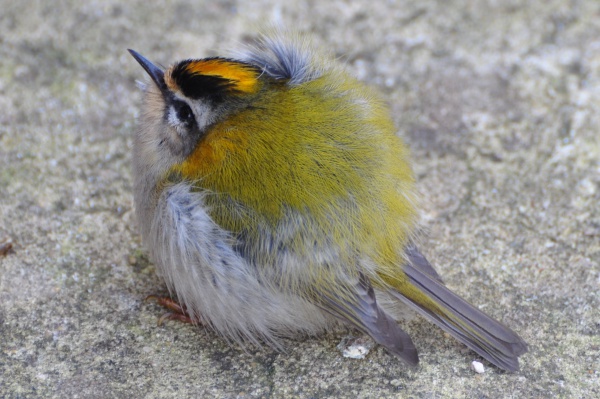Facts About Common firecrest
The common firecrest, often simply referred to as the firecrest, is a small, vibrant bird from the kinglet family. This lively species can be found across temperate Europe and northwestern Africa, with some populations migrating seasonally. The firecrest is easily recognizable by its greenish upper body, whitish underparts, and striking black eye stripe. One of its most distinctive features is its head crest, which is orange in males and yellow in females. These birds typically inhabit woodlands and gardens, where they construct compact nests on tree branches.
In terms of classification, the firecrest belongs to the Regulidae family and the Regulus genus. There are two main subspecies, and the Madeira firecrest has recently been classified as a separate species, Regulus madeirensis. Fossil records reveal that firecrests have existed in Europe and Israel for a significant period, with an ancestral species, Regulus bulgaricus, dating back to the Pleistocene era.
Firecrests prefer to breed in broadleaf forests and coniferous woodlands, with a particular affinity for cork oak and alder trees. They are also adaptable and can be found in mixed woodlands and urban areas that offer suitable habitats. These birds are monogamous and build cup-shaped nests that hang from tree branches.
Their diet mainly consists of insects, including springtails, aphids, spiders, and other small arthropods. Firecrests are known for their energetic foraging habits, often hovering while hunting for food. They have a distinctive call, characterized by high, thin notes. While they are preyed upon by birds of prey like the Eurasian sparrowhawk, they can also host parasites such as feather mites.
Over the years, the common firecrest has expanded its range, colonizing new areas in Europe. Despite facing potential threats like habitat loss and heavy metal pollution, the species is currently listed as "Least Concern" on the IUCN Red List, thanks to its large and stable population.

 Germany
Germany